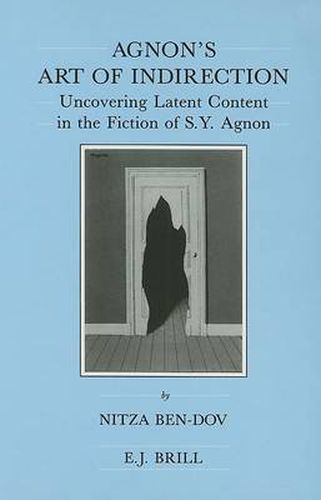Readings Newsletter
Become a Readings Member to make your shopping experience even easier.
Sign in or sign up for free!
You’re not far away from qualifying for FREE standard shipping within Australia
You’ve qualified for FREE standard shipping within Australia
The cart is loading…






Shmuel Yosef Agnon (1888-1970), winner of the Nobel Prize for Literature in 1966, remains largely an unknown or misunderstood figure. His innovation was to construct an intricate dialectic between Hebrew tradition and the modern predicament, thereby producing a distinctive mode of modernist narrative. Agnon deployed a technique of rich allusiveness drawn from traditional Hebrew lore and language using free-association, especially by means of imaginative dream sequences designed to unveil the ambivalent but fateful meanings in the apparently inconsequential events and thoughts which determine the lives of his characters. This book explores the methods and materials of Agnon’s art so as to provide the English reader with insight into his unique fictional world. It proposes a fresh approach to the reading of Agnon which should also be of interest to those familiar with his work and the critical literature on it.
$9.00 standard shipping within Australia
FREE standard shipping within Australia for orders over $100.00
Express & International shipping calculated at checkout
Shmuel Yosef Agnon (1888-1970), winner of the Nobel Prize for Literature in 1966, remains largely an unknown or misunderstood figure. His innovation was to construct an intricate dialectic between Hebrew tradition and the modern predicament, thereby producing a distinctive mode of modernist narrative. Agnon deployed a technique of rich allusiveness drawn from traditional Hebrew lore and language using free-association, especially by means of imaginative dream sequences designed to unveil the ambivalent but fateful meanings in the apparently inconsequential events and thoughts which determine the lives of his characters. This book explores the methods and materials of Agnon’s art so as to provide the English reader with insight into his unique fictional world. It proposes a fresh approach to the reading of Agnon which should also be of interest to those familiar with his work and the critical literature on it.